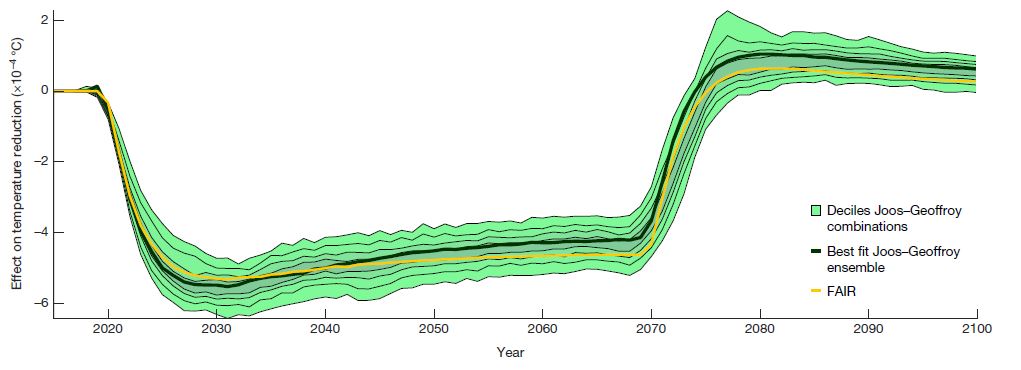July 05, 2023 | Nature | Source |
Introduction: In order to achieve the goals set by the Paris Agreement, many governments and companies have committed to carbon emissions reduction programs. However, uncertainties surround the effectiveness of carbon offsets, especially in nature-based solutions like tropical forests. These uncertainties stem from issues like project permanence, additionality, and double counting. Researchers from the London School of Economics and Political Science introduce a new valuation approach, called the Social Value of Offset (SVO), offering a framework to compare different types of offsets and their contributions to welfare.
Key findings: The SVO framework is designed to assess the social and economic benefits of various carbon offset projects, particularly those with impermanent or uncertain outcomes, guiding policy and investment decisions toward more effective climate action. It builds upon the concept of the social cost of carbon (SCC), which measures the damage caused by emitting an additional ton of CO2. The SVO takes into account the potential damages prevented by temporary or risky carbon removal efforts, reflecting the value of delaying emissions, thus addressing the challenges associated with impermanence, failure risks, and non-additionality in carbon offset projects. It offers a way to calculate the net benefit of temporary emissions reductions compared to permanent solutions. By providing a means to compare different offset projects, the SVO assists policymakers, businesses, and investors in making informed decisions regarding climate mitigation strategies. Additionally, the SVO can be applied to assess the cost-effectiveness of offsetting versus other climate mitigation measures, contributing to the development of effective net-zero strategies.
Figure | The effect of an offset on warming. The figure shows the difference between the temperatures of the SSP1-RCP2.6 background scenario and the scenario with a temporary removal project, instantaneously absorbing 1 GtCO2 in 2020 and reinjecting it in 2070. The 16 absorption models are combined with 16 energy balance models from the CMIP5 ensemble and the figure shows the deciles of the 256 possible combinations of models. The FAIR model uses the best fit of the CMIP5 models but adds saturation of carbon sinks. The climate sensitivity of all energy balance models has been harmonized to 3.1°C.





